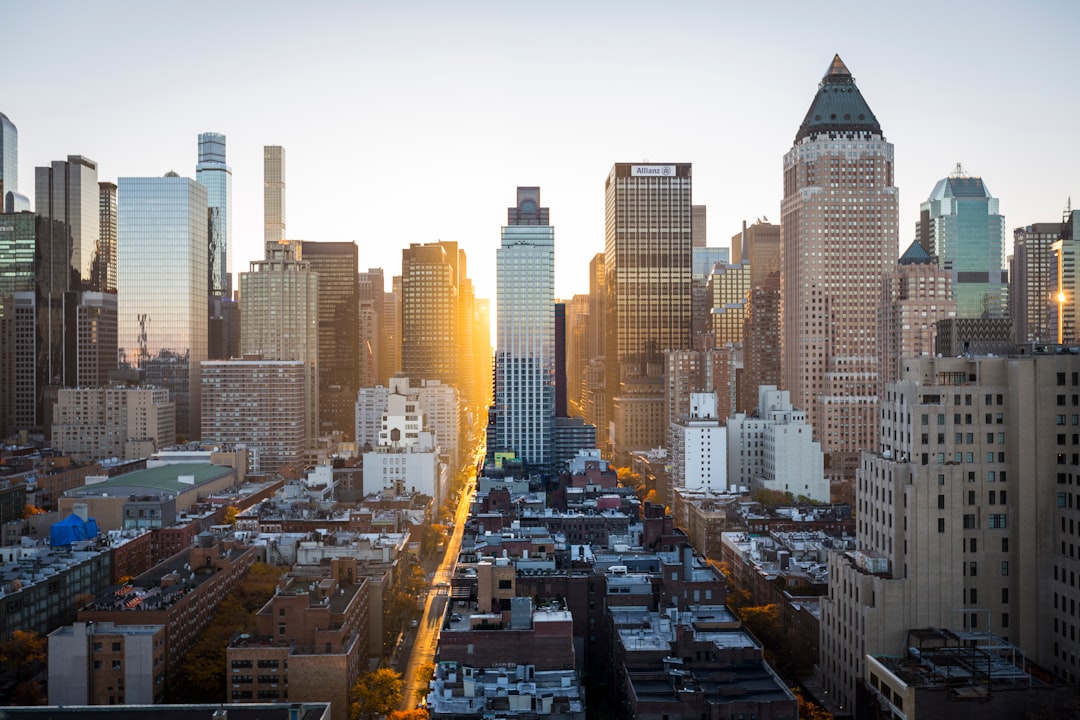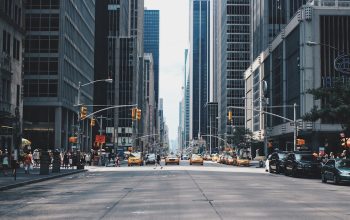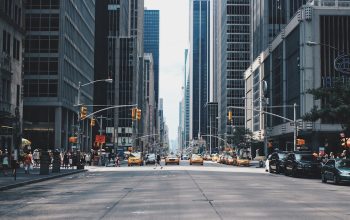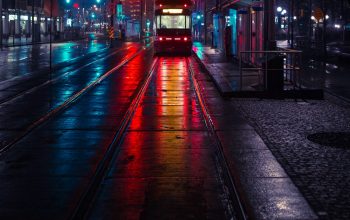Riverside's city planning strategy is centered on balancing historical preservation with modern urban development. This approach ensures that the city's cultural heritage is respected and integrated into new growth, with a focus on maintaining Riverside's architectural landmarks like the Mission Inn while fostering sustainable development to meet current needs. The city's efforts involve strategic initiatives, zoning regulations, and urban designs that honor its historical significance, allowing for the preservation of its storied past while providing contemporary amenities. These practices include adaptive reuse of existing structures, designing new buildings that reflect historical aesthetics, and implementing educational programs to raise awareness about Riverside's history. The article highlights the importance of understanding and cataloging significant historical sites and advocates for a harmonious approach to city planning that respects tradition while promoting a dynamic future through innovation and technology. Riverside serves as a model for other cities looking to preserve their legacy while embracing modernity, aiming for a living cityscape that honors its roots and caters to the needs of present and future generations.
Riverside’s storied past and its journey into the future present a delicate dance of preservation and progress. As city planning evolves, this article delves into the heart of this balance, where maintaining the integrity of historical landmarks meets the demands of contemporary urban development. We explore how Riverside navigates these competing forces, ensuring the city’s narrative is both honored and continued. Join us as we chart a course for coexistence, highlighting strategies that safeguard the essence of Riverside while embracing its destined growth.
- Balancing Tradition and Transformation: Riverside's Historical Integrity in the Face of Modern Urban Development
- The Evolution of City Planning: How Riverside Navigates Heritage Conservation and Contemporary Growth
- Charting a Course for Coexistence: Strategies for Preserving Riverside's Past While Embracing Future Urban Expansion
Balancing Tradition and Transformation: Riverside's Historical Integrity in the Face of Modern Urban Development
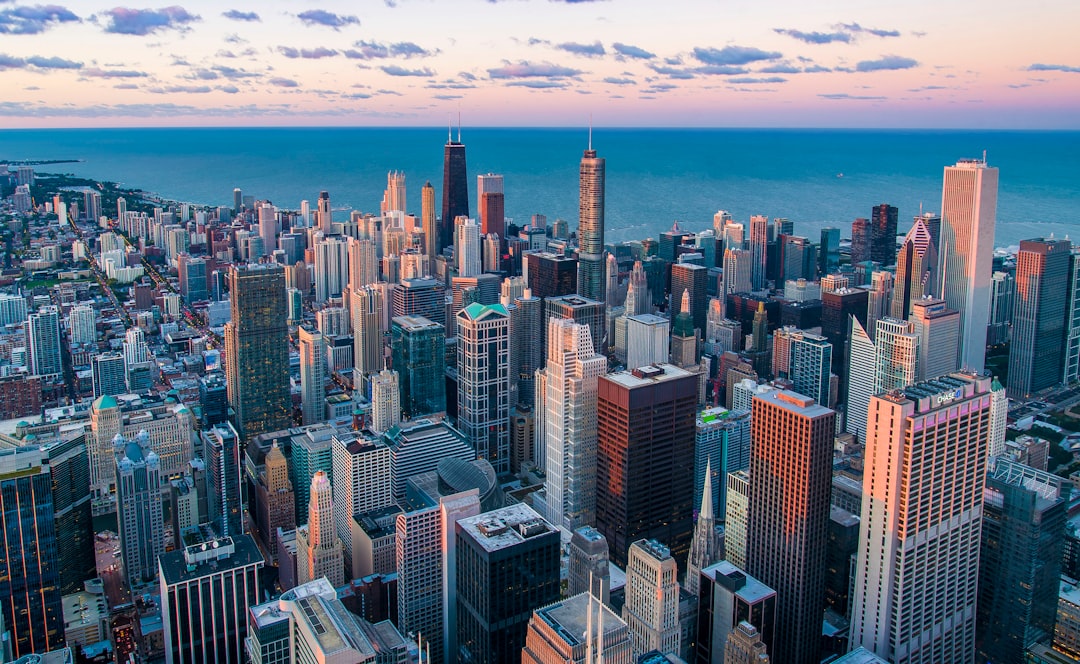
Riverside, with its rich tapestry of historical architecture and cultural heritage, stands at a pivotal juncture where the past intersects with the future. City planners are tasked with the delicate duty of preserving the city’s storied past while fostering growth and adapting to contemporary urban development. The integration of modern infrastructure and amenities must be executed with respect for Riverside’s historical integrity, ensuring that the city’s legacy is honored rather than overshadowed. This balancing act is not merely about conserving buildings; it’s about maintaining a sense of place and community identity within an evolving urban landscape. The preservation of historical sites serves as a cornerstone for Riverside’s cultural continuity, offering residents and visitors a window into the city’s storied past while setting a precedent for sustainable development practices that can guide future city planning efforts. The key lies in harmonizing these elements to create a living city where the old and the new coexist, each enriching the other, without compromising the city’s historical character. This approach not only safeguards Riverside’s heritage but also positions it as a model for urban development that respects and integrates history with modernity.
The Evolution of City Planning: How Riverside Navigates Heritage Conservation and Contemporary Growth
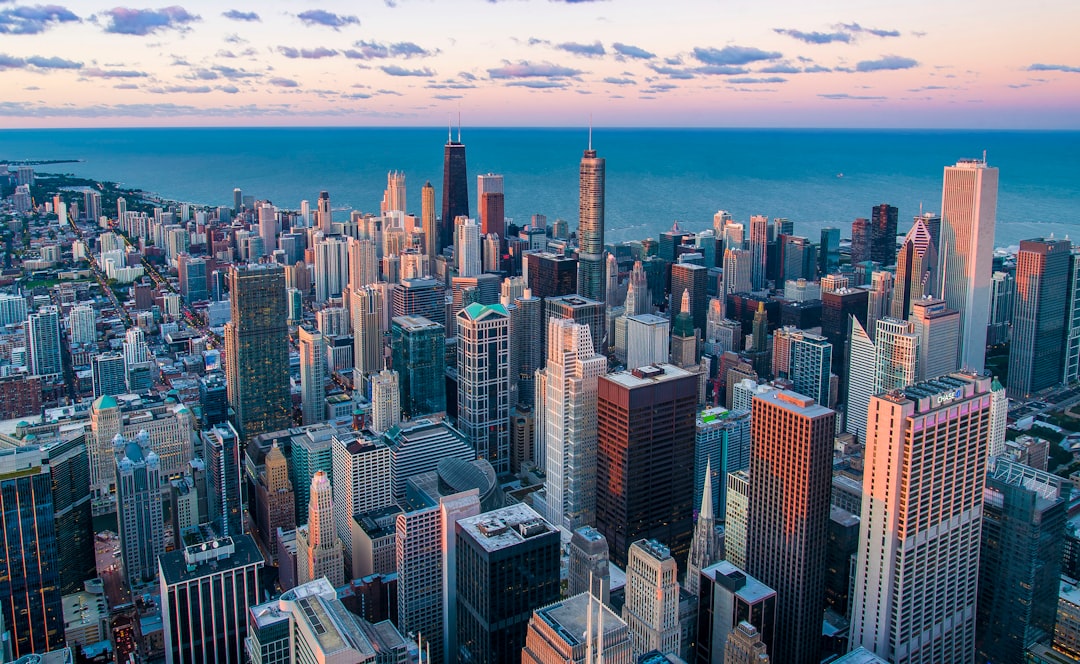
city planning in Riverside has always been a delicate balancing act, one that seeks to honor the city’s rich heritage while embracing modern urban development. As the city evolved from its agricultural roots to a vibrant educational and cultural hub, planners have faced the challenge of maintaining the historical integrity of its architectural gems, like the Mission Inn, while fostering growth that addresses contemporary needs. The evolution of city planning in Riverside has been marked by a series of strategic initiatives aimed at heritage conservation and accommodating new development. These efforts include adopting zoning regulations that protect significant landmarks and creating sustainable urban designs that integrate the city’s past with its future. The result is a living tapestry of history and innovation, where residents and visitors alike can experience Riverside’s storied legacy alongside the benefits of modern amenities and infrastructure. This harmonious blend, facilitated by thoughtful city planning, ensures that Riverside remains a city steeped in tradition yet poised for future progress.
Charting a Course for Coexistence: Strategies for Preserving Riverside's Past While Embracing Future Urban Expansion
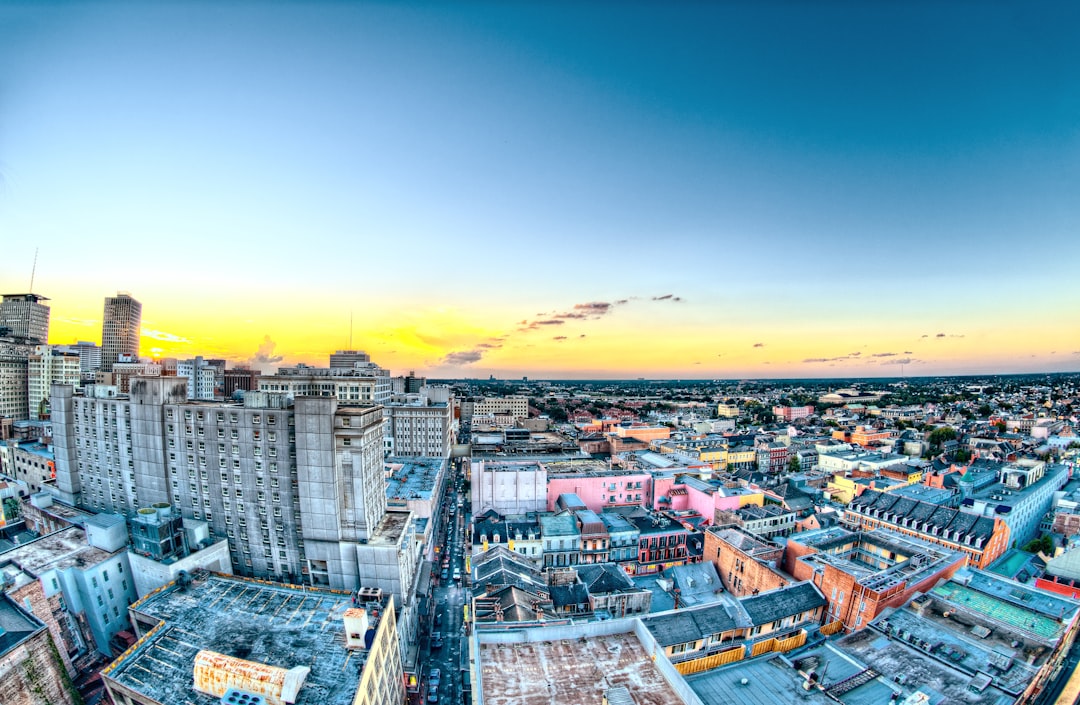
Navigating Riverside’s rich history and its integration into future urban development requires a nuanced approach to city planning. Preservation efforts must prioritize the protection of historical buildings, landmarks, and cultural heritage sites. This involves meticulous inventorying of significant structures, understanding their significance within the community, and implementing protective measures that safeguard them from the impacts of modernization. The local government and urban planners can work in tandem to craft zoning regulations that strike a balance between preservation and development. These zoning ordinances should guide construction projects to avoid sensitive historical areas while fostering growth in less impactful regions of the city.
To achieve this delicate coexistence, the integration of sustainable and forward-thinking city planning practices is imperative. Strategies such as adaptive reuse of existing structures, sympathetic new developments that complement historical architecture, and the incorporation of educational programs to raise awareness about Riverside’s past are all effective methods. Additionally, leveraging technology and innovation in urban design can enhance the living experience without detracting from the city’s heritage. By doing so, Riverside can honor its storied past while responsibly expanding to meet the needs of contemporary urban life, ensuring a cohesive and vibrant future for its residents and visitors alike.
Riverside’s story is a testament to the delicate dance between honoring historical integrity and embracing modern urban development. As explored in “Balancing Tradition and Transformation,” the city’s rich tapestry of history must be safeguarded as it evolves. “The Evolution of City Planning” delineates how Riverside skillfully maneuvers through heritage conservation alongside contemporary growth, highlighting innovative city planning strategies. Finally, “Charting a Course for Coexistence” offers practical approaches to preserve the past while ushering in the future. The harmonious blend of these elements will ensure Riverside remains a vibrant community, rich in history and ready to meet the challenges of urban expansion. As the city continues to develop, it stands as a notable example of successful integration of old and new, demonstrating that with thoughtful planning, progress and preservation can coexist harmoniously.
